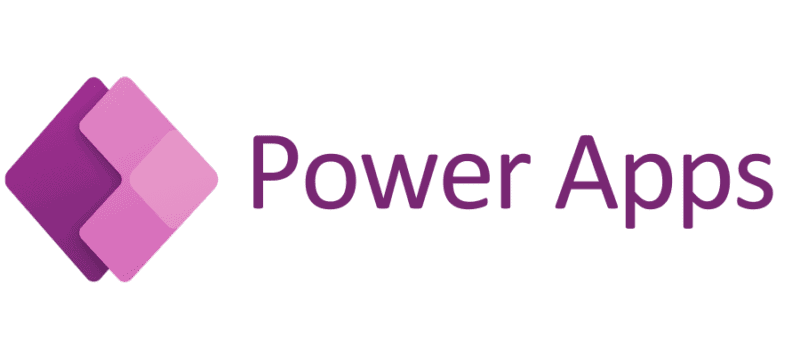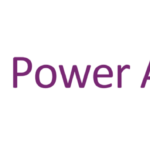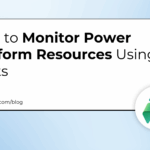Now Reading: What is model-driven Power Apps and what is it used for?
-
01
What is model-driven Power Apps and what is it used for?
What is model-driven Power Apps and what is it used for?

Copilot answer
Model-driven Power Apps are applications built from a structured data model in Microsoft Dataverse where the platform automatically generates the user interface from tables, forms, views, dashboards, and relationships.
They are used to rapidly create data-dense, process-driven business apps with little or no code while enforcing business logic, security roles, and guided process flows.
Common uses include CRM and sales pipelines, case and service management, HR onboarding, asset tracking, and other scenarios that require complex data relationships and a consistent responsive UI across devices.
Explain it to me like I’m 10 years old
Think of it like building a digital LEGO set where the bricks are pieces of information (like people, orders, or tickets) and the app automatically snaps together screens and forms based on how those pieces connect.
You use it when you want a reliable app that helps people follow steps, store lots of related data, and keeps everything secure without writing lots of code.
It’s great for things like tracking customer questions, managing work tasks, or keeping lists of items so teams can work faster and make fewer mistakes.
Specialist answer
Linn Zaw Win, Copilot Solutions manager at Delta Insights.
A model-driven app is a type of Power Apps built on top of the Dataverse, where the entire application structure and user interface are derived directly from the data model and configured components like views and forms.
These apps are primarily used to quickly create data-centric and process-driven solutions, ideal for backend or internal business users who manage complex, high-volume data and standardised business processes.
Because the platform automatically generates a structured, responsive UI, model-driven apps ensure a consistent and accessible experience across all web browsers and mobile devices.
Julie Yack, COO at Colorado Technology Consultants INC.
Model-driven apps are business applications that are based on the underlying data that the business needs.
There’s a consistent look and feel of all model-driven apps.
They are very customizable and have several automation options to make them, and their users, more efficient.
Explain it like it’s my first day on the job
Model-driven apps is where you can see and work with the data from Dataverse.
Some important things to know with model-driven apps:
- They are always built on top of Dataverse
- Responsive out of the box
- You don’t have to know code to make it work (all the buttons are ready to use)
- All the CRM apps of Dynamics 365 are model-driven apps
- Data and business process first
Because the data and business process always comes first with model-driven apps, you’ll always work with Dataverse before you create a model-driven app. You get everything ready with your data, and know how your processes work before you start creating the app.
There are some building blocks of an model-driven app;
- Data
- Forms
- Views
- Dashboards
Data
This is always data in Dataverse.
Forms
The form is what kind of data you want to see for one record. You can add different columns from Dataverse and build some logic in your forms.

Views
In views you get a list of the data you have in one table. The view can be configured to show different columns, can be sorted and filtered in different ways.

Dashboards
Dashboards is where you can get a visual presentation of your data. You can only create visualisations (charts or views) from the data in Dataverse and it does have some limitations, but it’s a simple and good way of getting the overview.

You can create model-driven apps completely without code. If you want to work with model-driven apps and you’re not a developer(like me), I highly recommend looking at XrmToolBox to work smarter!
Use cases with large customers
Even if a large customer have Dynamics 365, they still might create a model-driven app to give parts of the company a simpler view of the data they have. In most cases where I’ve worked with D365 they’ve also created a separate model-driven app with limited information. Security by obscurity should not be the focus here, so you should never create a model-driven app to restrict access to data, that’s security roles!
Use cases with small customers
Model-driven apps are perfect for the smaller customers who might not need the full Dynamics 365, but still wants control over their customers. I’ve created a model-driven app for tracking time spent when working with customers. I’ve created an app for membership organisations to keep track of memberships and expiration dates.
Training material
Lisa Crosbie has made an incredible youtube course which will walk you through all of Model-driven apps in just under 3 1/2 hours: https://youtu.be/LIC8DFW8fOE?si=Se7NZmXaq4bNmc25 and a new version in 2024: https://youtu.be/HrILchHvMUA?si=DijvLkUPLLcchlRX
Another great video is from Dani Kahil: https://danikahil.com/power-apps-model-driven-apps-overview-for-beginners-2025-update/
Microsoft Learn: https://learn.microsoft.com/en-us/power-apps/maker/model-driven-apps/
Best practices for developers on Microsoft Learn: https://learn.microsoft.com/en-us/power-apps/developer/model-driven-apps/best-practices/
Summary
Model-driven apps is a great way to create apps which focuses on the data and business processes that lives in Dataverse. It’s simple to create and maintain even if you don’t have any developer background.
Original Post https://malinmartnes.no/2025/11/12/what-is-model-driven-power-apps-and-what-is-it-used-for/
















